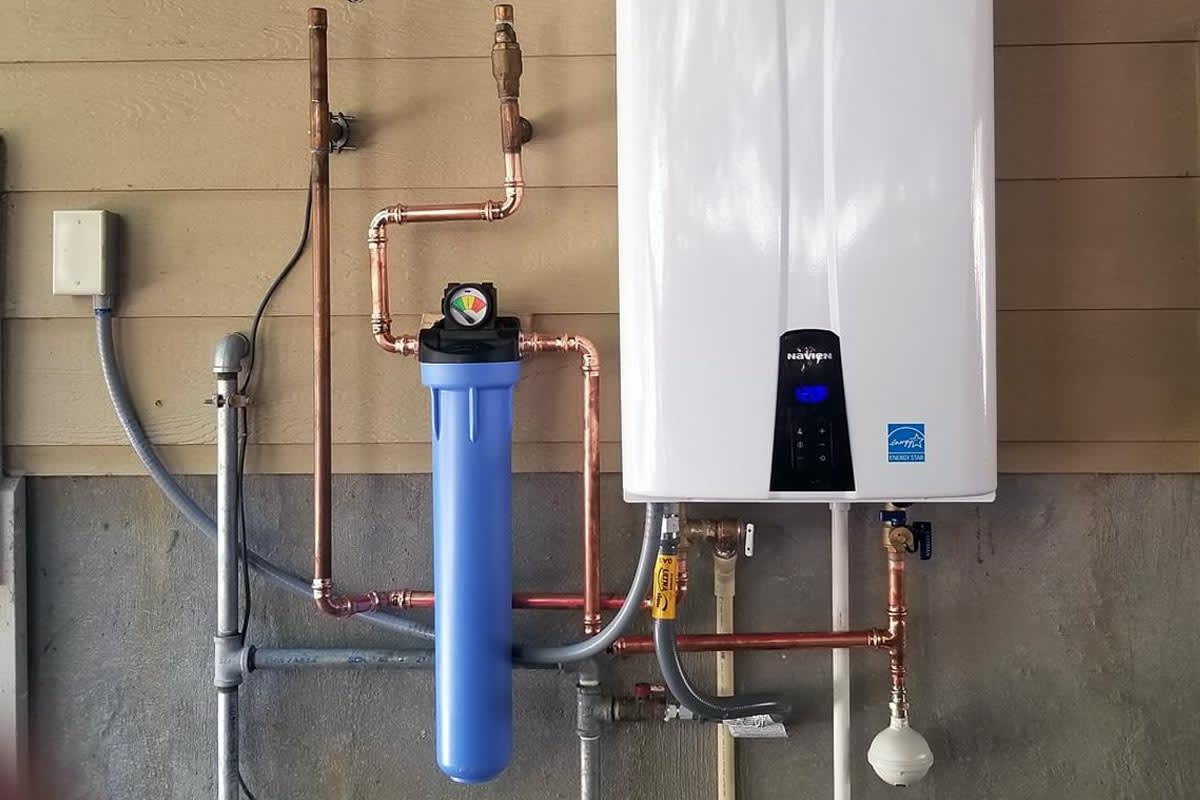Maintaining Your Home's Hot Water System: Essential Tips
Maintaining Your Home's Hot Water System: Essential Tips
Blog Article
The author is making several great points about Tips on Maintaining a Water Heater as a whole in this content below.

Warm water is vital for everyday comfort, whether it's for a revitalizing shower or washing recipes. To guarantee your hot water system runs efficiently and lasts much longer, routine maintenance is key. This article supplies useful tips and understandings on exactly how to maintain your home's warm water system to prevent disruptions and pricey repair services.
Introduction
Keeping your home's hot water system could seem difficult, but with a couple of easy actions, you can ensure it runs smoothly for years ahead. This guide covers every little thing from comprehending your warm water system to DIY upkeep suggestions and knowing when to employ professional aid.
Significance of Keeping Your Hot Water System
Routine maintenance not just extends the life expectancy of your warm water system however additionally ensures it runs efficiently. Disregarding maintenance can cause decreased effectiveness, higher power costs, and even early failure of the system.
Indications Your Hot Water System Requirements Maintenance
Understanding when your warm water system needs interest can protect against major problems. Keep an eye out for signs such as irregular water temperature level, strange noises from the heating system, or corroded water.
Understanding Your Hot Water System
Before diving into maintenance jobs, it's handy to understand the fundamental parts of your hot water system. Normally, this consists of the hot water heater itself, pipes, anode rods, and temperature controls.
Regular Monthly Upkeep Tasks
Normal monthly checks can help catch minor issues before they intensify.
Flushing the Water Heater
Purging your hot water heater gets rid of debris buildup, improving effectiveness and lengthening its life.
Checking and Replacing Anode Rods
Anode rods avoid rust inside the storage tank. Checking and changing them when broken is essential.
Examining and Changing Temperature Settings
Adjusting the temperature settings makes sure ideal performance and security.
DIY Tips for Maintenance
You can carry out several upkeep tasks yourself to keep your hot water system in leading problem.
Looking for Leakages
Consistently evaluate pipelines and links for leakages, as these can bring about water damages and higher bills.
Evaluating Pressure Alleviation Valves
Checking the pressure relief valve guarantees it operates properly and stops extreme pressure build-up.
Protecting Pipes
Insulating warm water pipes minimizes heat loss and can conserve power.
When to Call an Expert
While DIY upkeep is useful, some issues call for specialist competence.
Complex Concerns Needing Professional Aid
Instances include major leakages, electrical troubles, or if your water heater is consistently underperforming.
Regular Expert Maintenance Conveniences
Expert upkeep can include thorough examinations, tune-ups, and guaranteeing conformity with safety and security requirements.
Verdict
Routine upkeep of your home's hot water system is essential for effectiveness, longevity, and price savings. By adhering to these suggestions and recognizing when to seek specialist help, you can make sure a trustworthy supply of hot water without unforeseen disturbances.
How to Maintain an Instant Hot Water Heater
Before tinkering with your hot water heater, make sure that it’s not powered on. You also have to turn off the main circuit breaker and shut off the main gas line to prevent accidents. Also turn off the water valves connected to your unit to prevent water from flowing into and out of the appliance. 2. When you’re done, you have to detach the purge valves’ caps. These look like the letter “T†and are situated on either side of the water valves. Doing so will release any pressure that has accumulated inside the valves while at the same time avoid hot water from shooting out and burning your skin. 3. When the purge valves’ caps are removed, you have to connect your hosing lines to the valves. Your unit should have come with three hoses but if it didn’t, you can purchase these things from any hardware or home repair shops. You can also get them from retail stores that sell water heating systems. Read the user’s manual and follow it to complete this task properly. When the hosing lines are connected, open the purge port’s valves. 4. You should never use harsh chemical cleaners or solutions when cleaning your unit. Make use of white vinegar instead. It should be undiluted and you’ll probably use about 2 gallons. 5. Now flush your water heater. This task should probably take about 40 minutes. We can’t give you specific directions for this because the procedure is carried out depending on the type, model and brand of your heater. With that being said, refer to the user’s manual. 6. When you’re done draining the unit, you have to turn off the purge port valves again. Remove the hosing lines that you earlier installed on each of the water valves. Put the valve caps (purge port) back in their respective places and be very careful so as not to damage the rubber discs that are found inside these caps. 7. Now that everything’s back in place, check your user’s manual again to find out how to reactivate your water heating system. 8. Once it is working, turn one of your hot water faucets on just to let air pass through the heater’s water supply pipes. Leave the tap on until water flows smoothly out of it. https://www.orrplumbing.com/blog/2014/september/how-to-maintain-an-instant-hot-water-heater/

I am just very focused on Tips For Maintaining Your Hot Water Heater and I'm hoping you enjoyed my blog entry. Sharing is caring. You won't know, you could be doing someone a favor. I truly appreciate your readership.
Call Today Report this page